Refine search
Actions for selected content:
3361 results in Quantum Physics, Quantum Information and Quantum Computation
7 - Applications of quantum entanglement
-
- Book:
- Do We Really Understand Quantum Mechanics?
- Published online:
- 05 September 2012
- Print publication:
- 30 August 2012, pp 150-167
-
- Chapter
- Export citation
Index
-
- Book:
- Do We Really Understand Quantum Mechanics?
- Published online:
- 05 September 2012
- Print publication:
- 30 August 2012, pp 390-392
-
- Chapter
- Export citation
Appendix H - Manipulating and preparing additional variables
-
- Book:
- Do We Really Understand Quantum Mechanics?
- Published online:
- 05 September 2012
- Print publication:
- 30 August 2012, pp 350-352
-
- Chapter
- Export citation
References
-
- Book:
- Do We Really Understand Quantum Mechanics?
- Published online:
- 05 September 2012
- Print publication:
- 30 August 2012, pp 364-389
-
- Chapter
- Export citation
Appendix J - Models for spontaneous reduction of the state vector
-
- Book:
- Do We Really Understand Quantum Mechanics?
- Published online:
- 05 September 2012
- Print publication:
- 30 August 2012, pp 357-361
-
- Chapter
- Export citation
Contents
-
- Book:
- Do We Really Understand Quantum Mechanics?
- Published online:
- 05 September 2012
- Print publication:
- 30 August 2012, pp v-viii
-
- Chapter
- Export citation
8 - Quantum measurement
-
- Book:
- Do We Really Understand Quantum Mechanics?
- Published online:
- 05 September 2012
- Print publication:
- 30 August 2012, pp 168-194
-
- Chapter
- Export citation
Frontmatter
-
- Book:
- Do We Really Understand Quantum Mechanics?
- Published online:
- 05 September 2012
- Print publication:
- 30 August 2012, pp i-iv
-
- Chapter
- Export citation
5 - More theorems
-
- Book:
- Do We Really Understand Quantum Mechanics?
- Published online:
- 05 September 2012
- Print publication:
- 30 August 2012, pp 100-119
-
- Chapter
- Export citation
3 - The theorem of Einstein, Podolsky, and Rosen
-
- Book:
- Do We Really Understand Quantum Mechanics?
- Published online:
- 05 September 2012
- Print publication:
- 30 August 2012, pp 38-55
-
- Chapter
- Export citation
Appendix C - An attempt for constructing a “separable” quantum theory (non-deterministic but local)
-
- Book:
- Do We Really Understand Quantum Mechanics?
- Published online:
- 05 September 2012
- Print publication:
- 30 August 2012, pp 332-334
-
- Chapter
- Export citation
6 - Quantum entanglement
-
- Book:
- Do We Really Understand Quantum Mechanics?
- Published online:
- 05 September 2012
- Print publication:
- 30 August 2012, pp 120-149
-
- Chapter
- Export citation
9 - Experiments: quantum reduction seen in real time
-
- Book:
- Do We Really Understand Quantum Mechanics?
- Published online:
- 05 September 2012
- Print publication:
- 30 August 2012, pp 195-210
-
- Chapter
- Export citation
Appendix I - Correlations in Bohmian theory
-
- Book:
- Do We Really Understand Quantum Mechanics?
- Published online:
- 05 September 2012
- Print publication:
- 30 August 2012, pp 353-356
-
- Chapter
- Export citation
Appendix D - Maximal probability for a state
-
- Book:
- Do We Really Understand Quantum Mechanics?
- Published online:
- 05 September 2012
- Print publication:
- 30 August 2012, pp 335-335
-
- Chapter
- Export citation
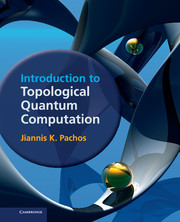
Introduction to Topological Quantum Computation
-
- Published online:
- 05 August 2012
- Print publication:
- 12 April 2012
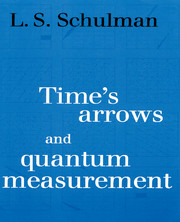
Time's Arrows and Quantum Measurement
-
- Published online:
- 05 August 2012
- Print publication:
- 31 July 1997
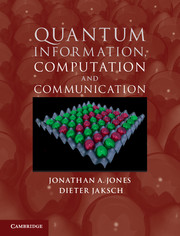
Quantum Information, Computation and Communication
-
- Published online:
- 05 August 2012
- Print publication:
- 19 July 2012
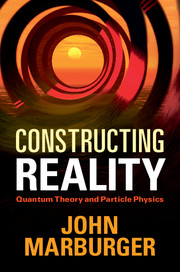
Constructing Reality
- Quantum Theory and Particle Physics
-
- Published online:
- 05 August 2012
- Print publication:
- 28 July 2011
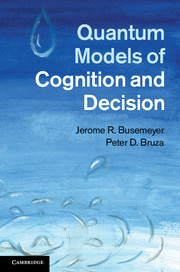
Quantum Models of Cognition and Decision
-
- Published online:
- 05 August 2012
- Print publication:
- 26 July 2012
